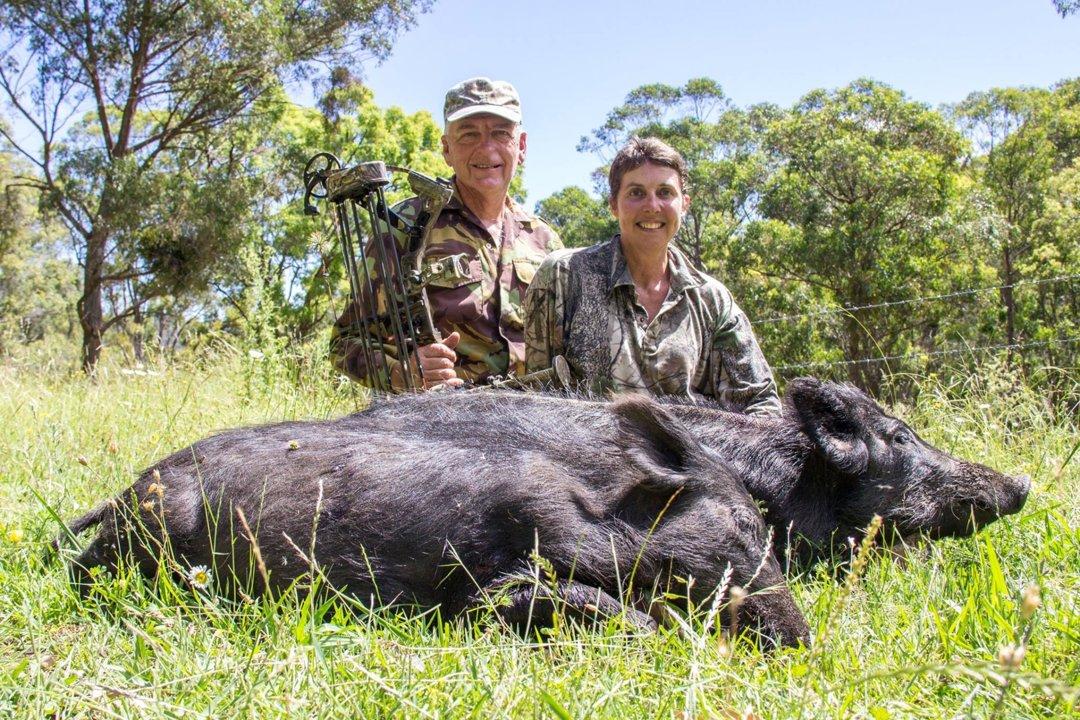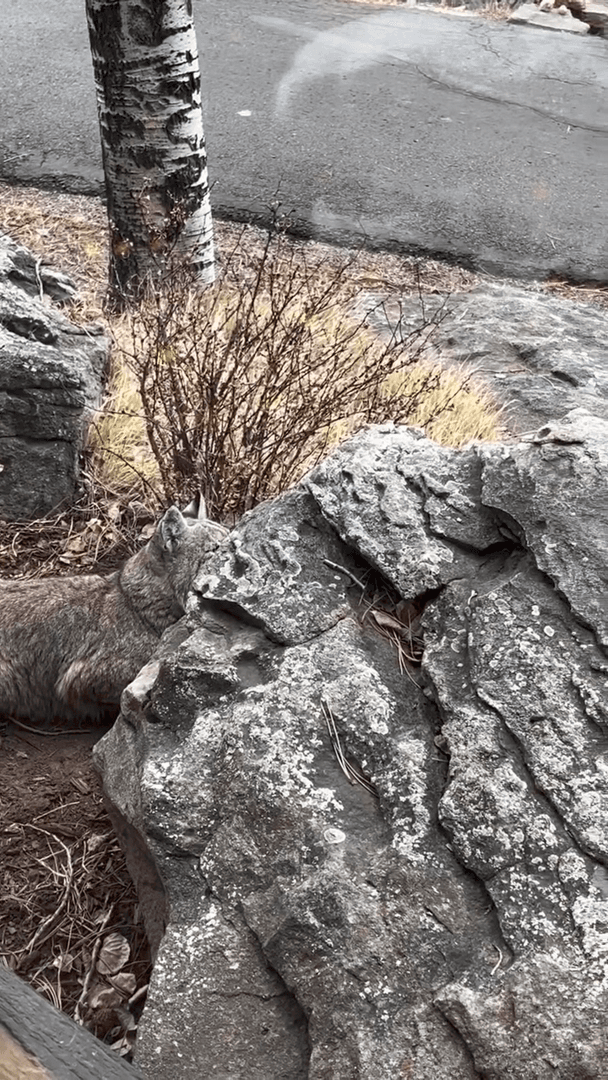
Snowy Mountains Hunting: Unique Aspects of Chasing Game in Alpine Regions, Demographics, Associations and Clubs, Laws and Hunting Seasons The Snowy Mountains, part of the Great Dividing Range in southeastern Australia, offer a pristine wilderness experience for hunters. Spanning New South Wales (NSW) and Victoria, this alpine region combines rugged peaks, dense eucalyptus forests, and crystal-clear rivers, creating a diverse habitat for game species. Below, we delve into the essentials of hunting in this iconic landscape, exploring its unique features, challenges, and opportunities for enthusiasts. 1. Geographic and Ecological Hunting Advantages in Snowy Mountains The Snowy Mountains’ elevation (up to 2,228 meters at Mount Kosciuszko) creates unique ecosystems that are both challenging and rewarding for hunters. High-altitude grasslands and snow gums provide cover for game, while river valleys like the Snowy River attract waterfowl. The region’s seasonal shifts—from summer’s lush gr
Post: 17 May 13:29















































